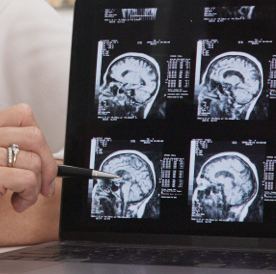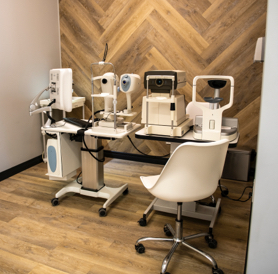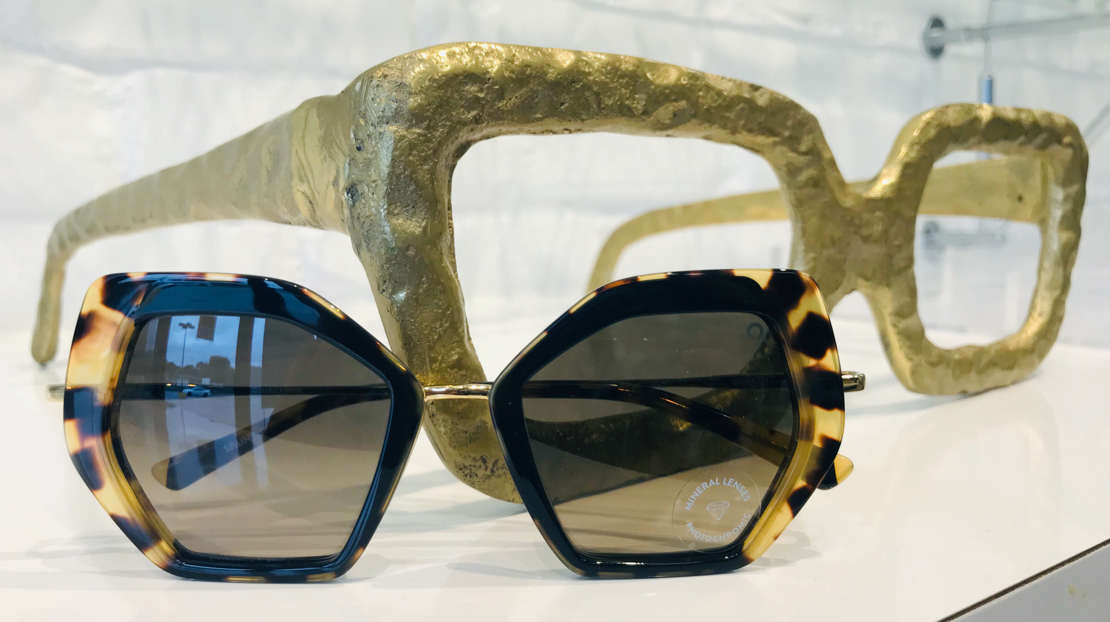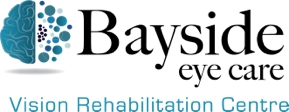Preventing Myopia With Specialized Care
Myopia, also known as nearsightedness, is the most widespread optical issue across the globe. In Canada, it affects nearly 30% of the population. Myopia cannot be cured, but its progression in children can be slowed with early intervention.
One study has shown that parents’ investment in their children’s eye health from an early age can help reduce myopia-related problems later in life. Bring your child in for regular eye exams to Bayside Eye Care in Barrie, and, if needed, we can build myopia control into their optical treatment plan.
What is Myopia?
Myopia is a condition that is caused by a refractive error in the eye. If the eye is too long or the eye’s lens is too curved, light is unable to properly focus on the retina. This leads to difficulties focusing on objects at a distance, though vision up close, such as when reading, is not affected.
Signs of myopia include squinting, eye strain, headaches, and fatigue while reading, doing school work, or playing sports. Myopia can be corrected with glasses or contacts.
Risk Factors for Myopia Progression
There is no certain cause of myopia, but studies have suggested several risk factors for developing nearsightedness, including:
- Reduced outdoor activity
- Genetics
- Increasing urbanization
- Amount of time spent on close-up work or studying
Aids to Control Myopia
At our myopia control clinic, we keep up with the latest advancements in myopia control. There are different therapies available for slowing the progression of myopia in children.
Specialized Glasses, Contacts & Eye Drops
MiYOSMART Lenses
MiYOSMART Lenses are an award-winning eyeglass lens used to slow the progression of myopia in children. These lenses are non-invasive and easy for children to wear.
MiSight contacts
MiSight contacts are a new technology that has recently become available for myopia control in children 8 to 12 in Canada. These daily use contact lenses have proved effective in providing a sustained reduction in myopia progression.
Why Do We Want to Control Myopia Progression
Myopic control is not just about reducing how bad your child’s vision gets or how thick your child’s glasses are (although these are important enough reasons), it is more about reducing your child’s risk of eye disease development that may result in vision loss. Myopia increases your child’s risk for eye diseases such as glaucoma, cataracts, retinal detachment, and macular degeneration. The rate or magnitude of your child’s nearsightedness progression influences the risk of disease development.
Can We Predict How Nearsighted my Child Will Become
Collaborative studies have been conducted on a global scale to help us predict how nearsighted your child will become. Most children’s eyes will progress on average -0.63D per year in myopia. However, we now have a myopic calculator available to use that takes into account your child’s age and current risk factors, such as race. We are even able to see how much we will be able to slow the myopic progression down based on the type of intervention initiated.

Shape Your Child’s Vision
Give your child a healthy start with cutting-edge myopia care. Contact us to begin treatment at Bayside Eye Care in Barrie.
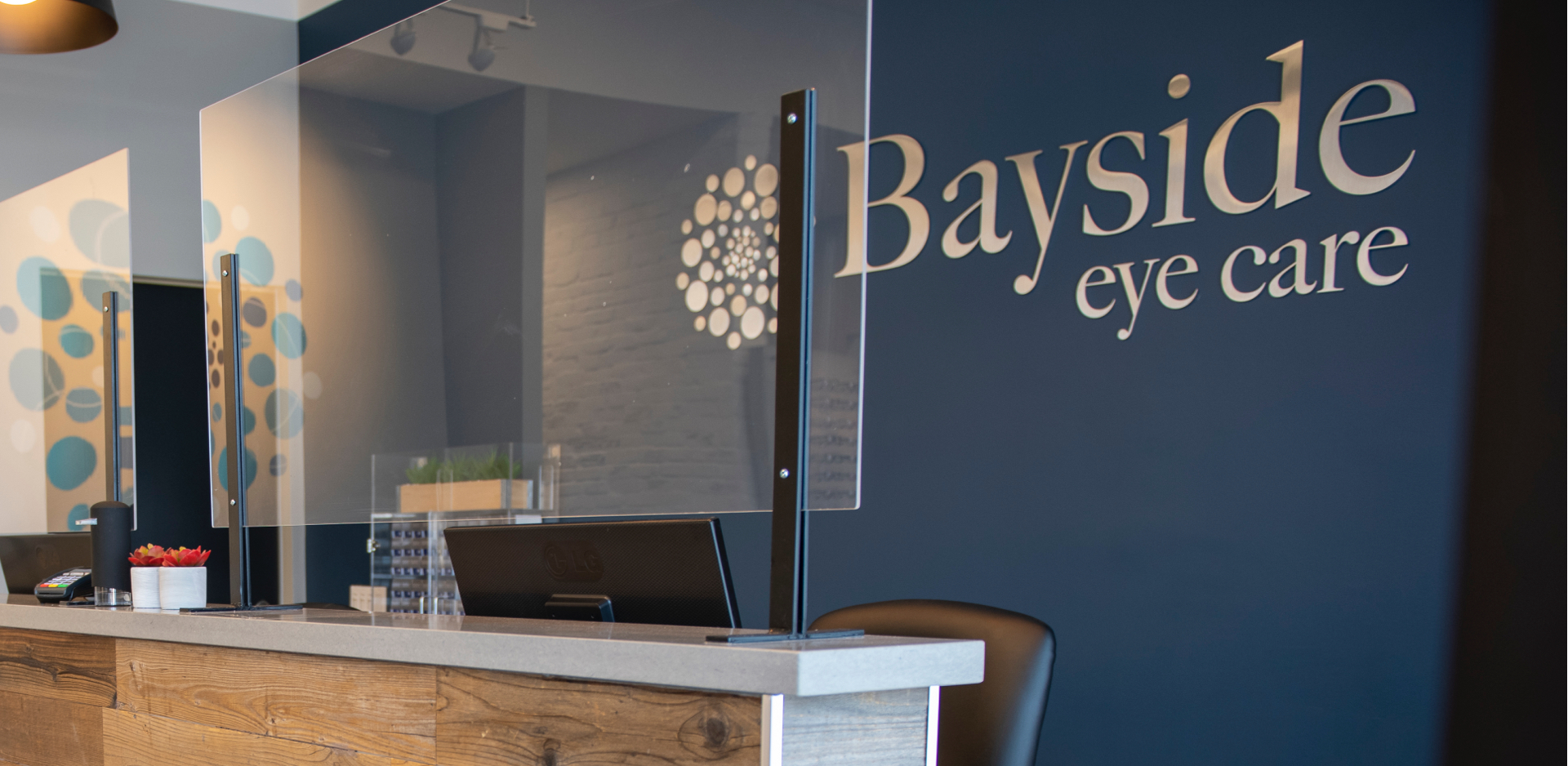
Our Location
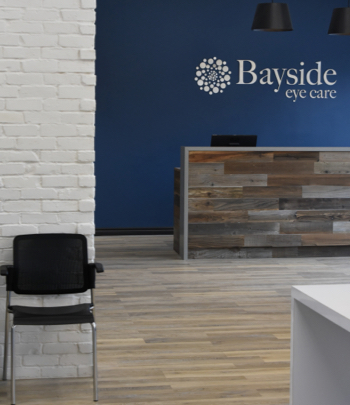
Visit Us
Just off Leacock Drive, find us in the strip mall next to O’Sullivan Animal Hospital.
- Phone: 705-728-3396
- 420 Leacock Drive, Unit I
- Barrie, ON L4N 5G5
Hours of Operation
- Monday: 9:00 AM – 5:00 PM
- Tuesday: 9:00 AM – 5:00 PM
- Wednesday: 9:00 AM – 5:00 PM
- Thursday: 9:00 AM – 5:00 PM
- Friday: 9:00 AM – 3:00 PM
- Saturday: Closed
- Sunday: Closed
Extended hours appointments available by appointment only.



See Our Google Reviews

OUR BLOG
Vision Therapy for Strabismus
Vision TherapyVision therapy is an effective, noninvasive treatment option that helps retrain the eyes and brain to work together more efficiently. […]
How Long Does Eye Strain Last?
Digital Eye StrainDry EyeEye HealthDigital eye strain tends to last for a few hours. In the meantime, it helps to take a break and rest your eyes—try avoiding screens where possible and regularly focusing your eyes at different distances. This gives them a much-needed rest.
[…]
Glaucoma vs Cataracts: What’s the Difference?
Eye ConditionsEye Health Glaucoma and cataracts are two of the most frequent eye issues, but they differ significantly in their causes, symptoms, and treatments.
[…]
Vision Therapy for Strabismus
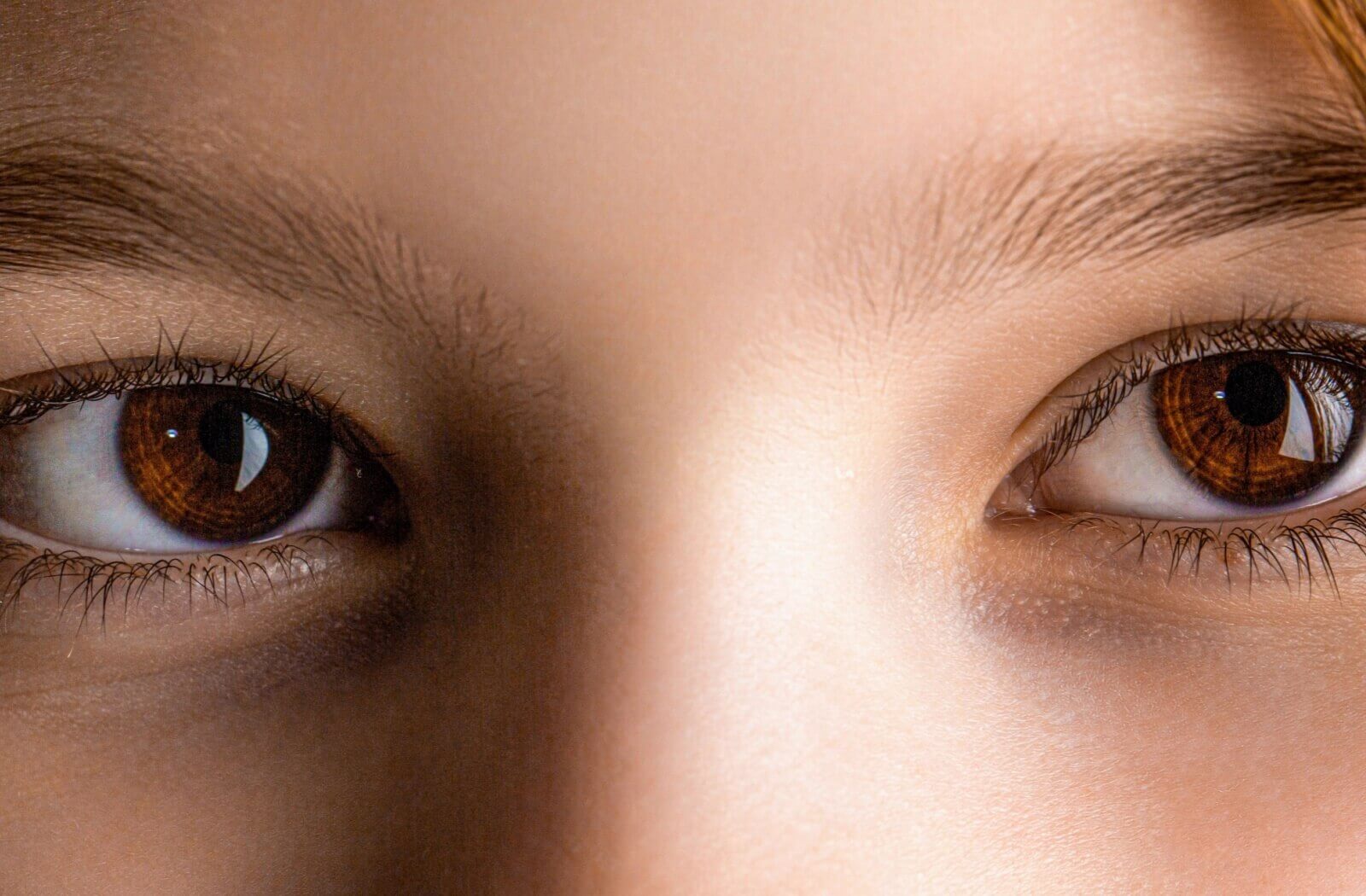
Vision therapy is an effective, noninvasive treatment option that helps retrain the eyes and brain to work together more efficiently. […]
How Long Does Eye Strain Last?
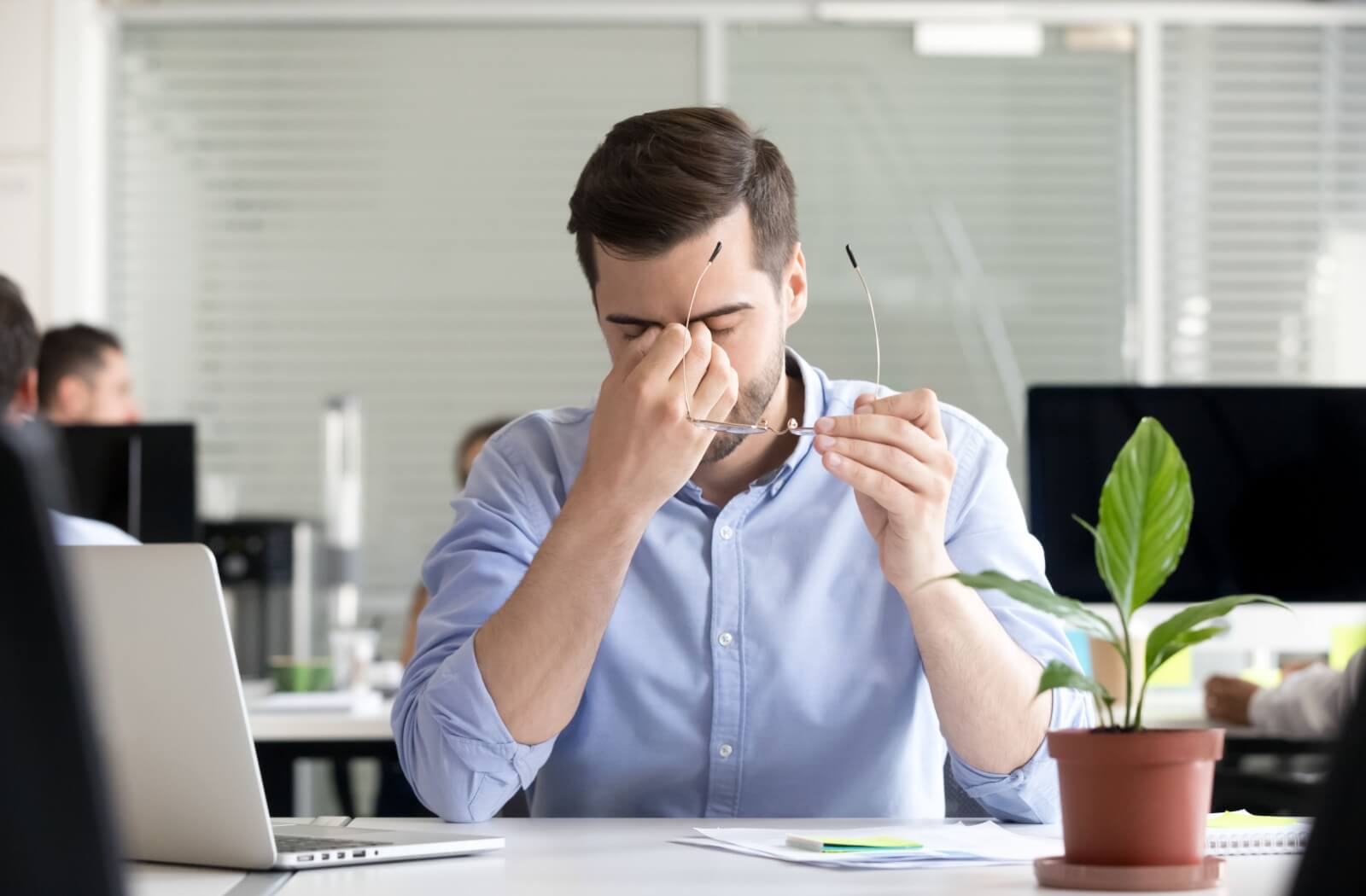
Digital eye strain tends to last for a few hours. In the meantime, it helps to take a break and rest your eyes—try avoiding screens where possible and regularly focusing your eyes at different distances. This gives them a much-needed rest.
[…]
Glaucoma vs Cataracts: What’s the Difference?
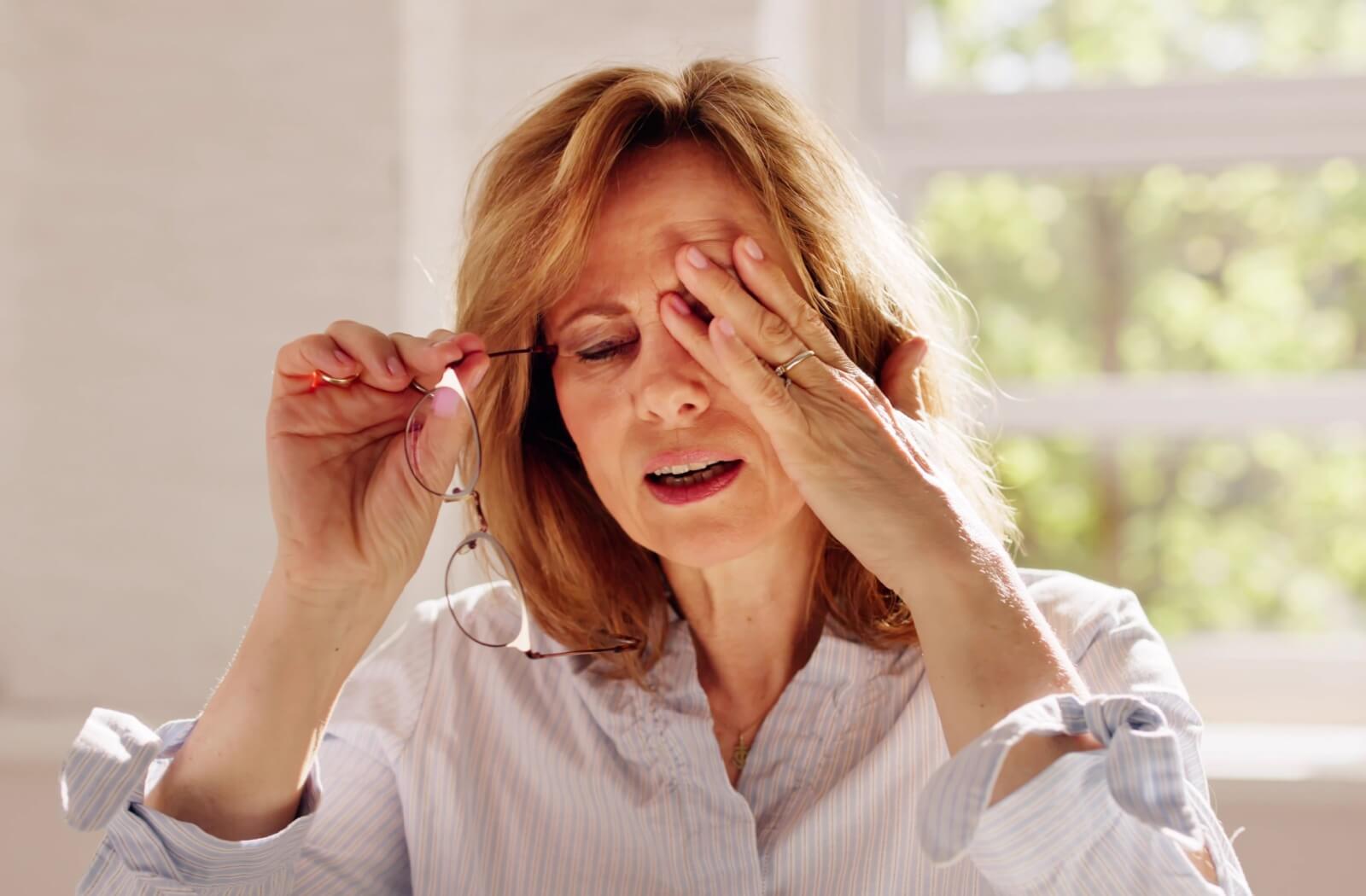
Glaucoma and cataracts are two of the most frequent eye issues, but they differ significantly in their causes, symptoms, and treatments.
[…]



